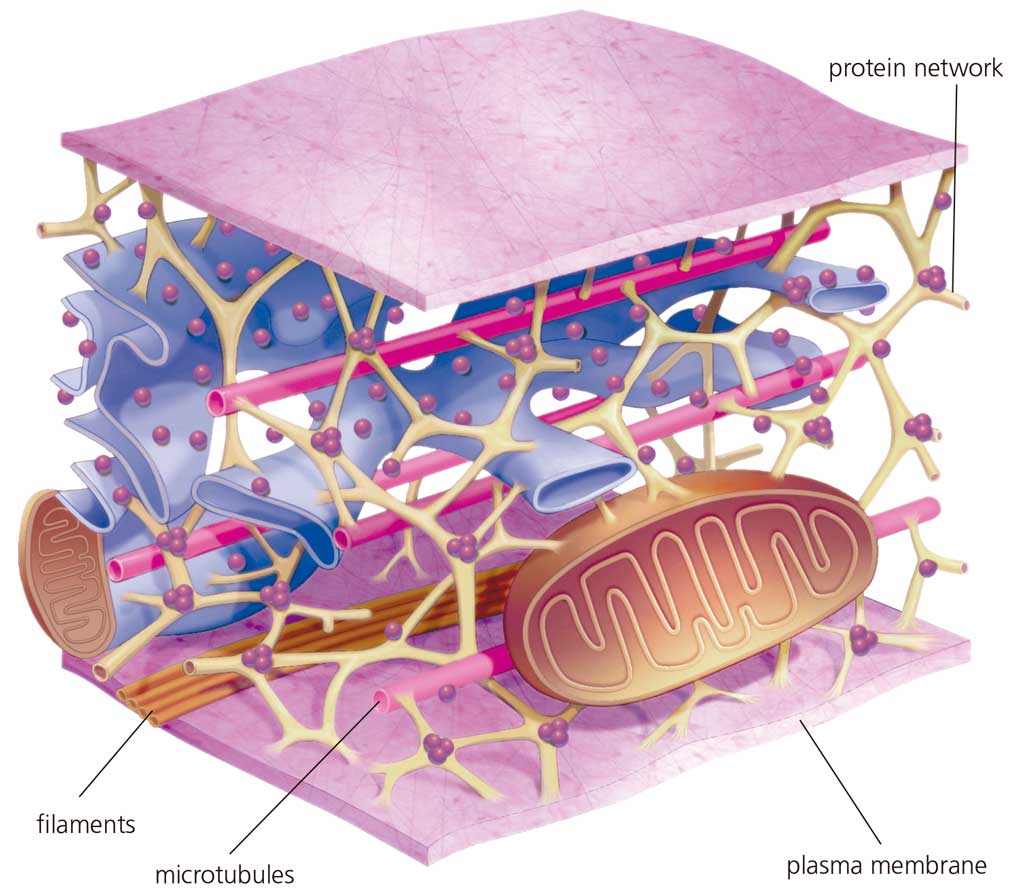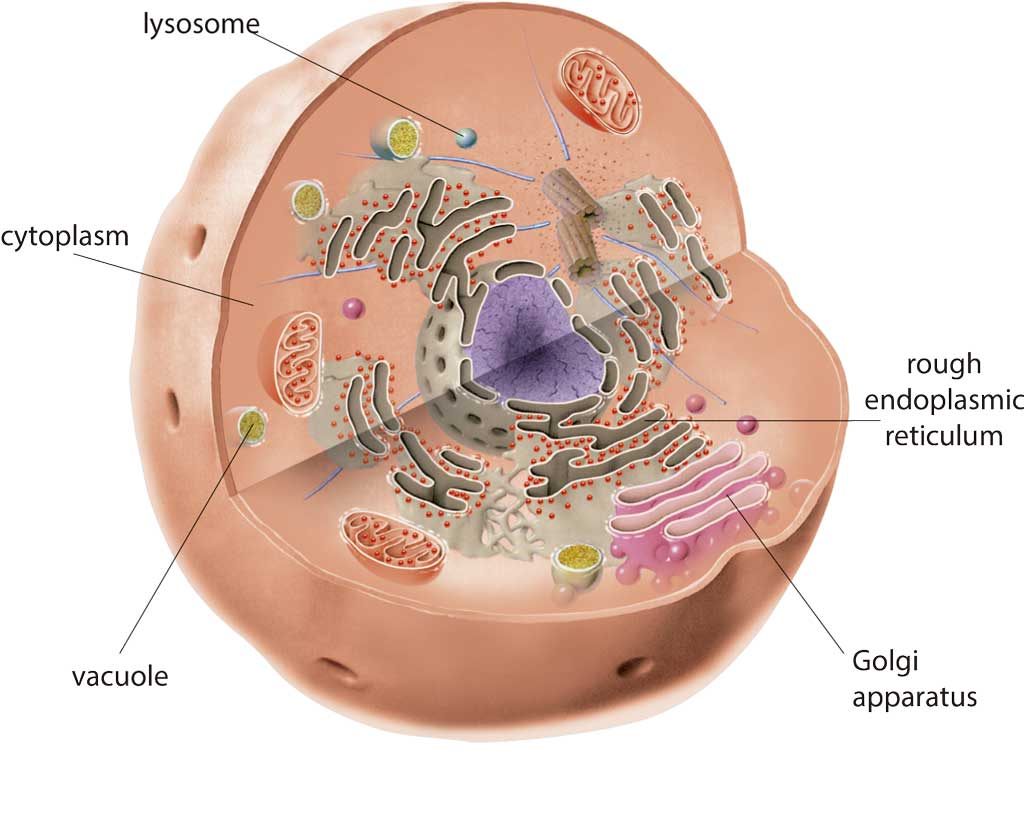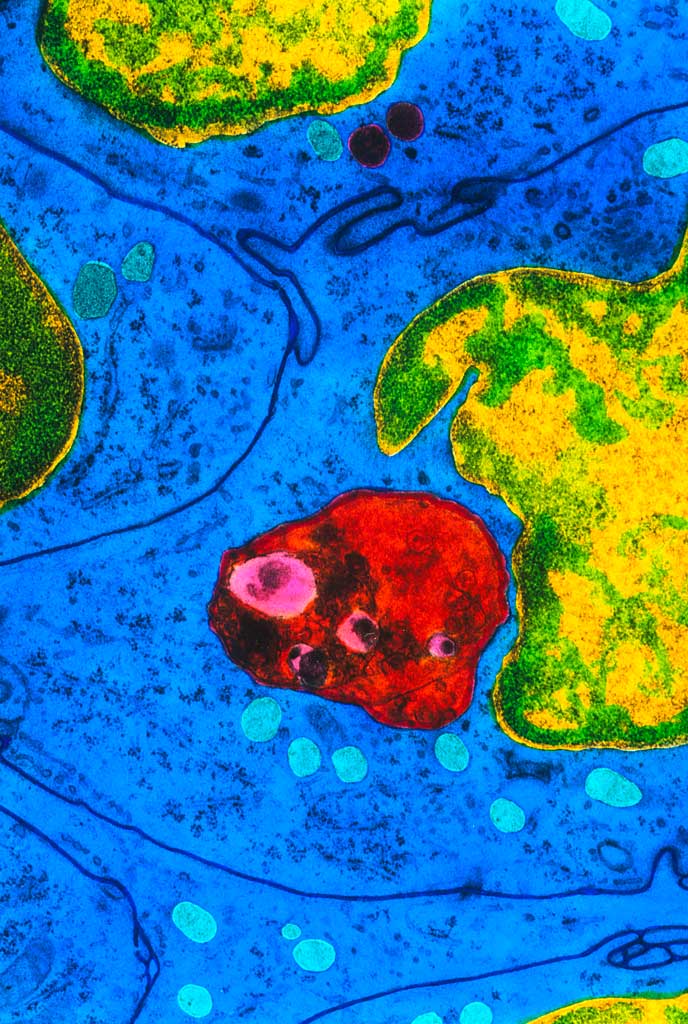We use cookies to improve and analyse your browsing experience on our web. You can accept these cookies, reject them or choose your settings by clicking on the corresponding buttons. Please note that rejecting cookies may affect your browsing experience. For more information you can consult our Cookies policy.
Cookies are an essential part of how our web works. The main goal of cookies is to make your browsing experience more comfortable and efficient and to improve our services and the web itself.
Here you can find all the information about the cookies we use and you can activate and/or deactivate them according to your preferences, except for those cookies that are strictly necessary for the operation of the web. Blocking some cookies may affect your experience on the web and how the site works. For more information you can visit our Cookie Policy.
These Cookies are necessary for the web to function and cannot be disabled on our systems. They are generally only set up in response to actions you may take such as requesting services, setting your privacy preferences, logging in or completing forms. You can set your browser to block or warn you about these cookies, but some parts of the web will not work. Information about Cookies.
These Cookies allow us to count the number of visits and traffic sources so that we can measure and improve the performance of our site. They help us to find out which pages are the most popular and least popular, and to see how visitors move around the web. All information collected by these Cookies is aggregated and therefore anonymous. If you do not allow these Cookies we will not know when you visited our web. Information about Cookies.
These cookies are used to analyse your activity in order to show you personalised advertisements. Information about Cookies.
Change theme

Revision mode

Eukaryotic cells originated after prokaryotic cells. They are more complex and have a series of advantages over prokaryotic cells.
Passive voice:
to be + past participle
is contained
is protected
be found

Ribosomes are an exception, as they are not membranous structures. They are small spherical shaped organelles with no membrane. They can be found scattered throughout the cytoplasm or attached to the rough endoplasmic reticulum. They are responsible for protein synthesis.
The other organelles can be subdivided into organelles that process nutrients and organelles that produce energy.
Organelles in this group are in charge of processing nutrients. They are: the endoplasmic reticulum, the Golgi apparatus, lysosomes and vacuoles.


Lysosome (red) digesting substances (pink).
Lysosomes: small vesicles that contain substances capable of digesting molecules captured by cells.

Endoplasmic reticulum: very complex set of tubules and vesicles responsible for manufacturing and transporting different substances, such as lipids and proteins. There are two types: the rough endoplasmic reticulum, which has ribosomes, and the smooth endoplasmic reticulum.

Vacuoles (pale green) in a plant cell
Vacuoles: structures that store different substances; plant cells have more and larger vacuoles than animal cells.

Golgi apparatus: organelle formed by grouped vesicles and flattened sacs; it takes substances from the endoplasmic reticulum, modifies them and introduces them into the vesicles for secretion.
Mitochondria and chloroplasts provide cells with energy so they can perform their vital functions. They both have their own genetic information, so they can function independently.
They are cylindrical organelles made of a double membrane. The external membrane is smooth and the internal one has folds called cristae. Inside is the matrix, which is mainly made up of genetic material, ribosomes and enzymes.
Mitochondria are considered the power plants of eukaryotic cells, as they are in charge of obtaining energy through the process of cell respiration. Mitochondria can be found in all eukaryotic cells.


They are egg-shaped organelles with a double membrane. They have a series of disc-shaped sacs named thylakoids, which contain the pigment that gives them their distinctive green colour.
Photosynthesis happens here. During this process, chloroplasts synthesise organic molecules from inorganic ones using chemical energy obtained from the Sun. Chloroplasts are only present in the cells of photosynthetic organisms, such as plants and some protists.


Certain eukaryotic cells are able to move in two different ways: using their appendixes (cilia and flagella) or by changing the viscosity of their cytoplasm.

Their movement is coordinated by a structure known as centriole. It is formed by protein tubules arranged like cilia and flagella. The centriole is also involved in cellular division.



Proteins found in the cytoskeleton are responsible for changes in the viscosity of cytoplasm. They do this by grouping together or separating themselves. They produce pseudopodia, an extension of cytoplasm, and modify the shape of the cell.
Pseudopodia are also used to surround and capture certain materials from the environment (microbes, food particles and so on). This process is referred to as phagocytosis.


The nucleus, which contains genetic material, is the control centre of the cell. It is normally located in the centre of the cell. In some cases, such as secreting cells and many plant cells, it can be found in peripheral areas.
Its structure varies depending on the moment in life of the cell. It has two different structures: interphase nucleus, when the cell is not dividing, and nuclear division, when the cell is dividing.
It has a porous double membrane that surrounds the nucleoplasm, which is similar to cytoplasm. Inside the nucleoplasm there is chromatin, a substance formed by the double helix of DNA joined to histones (proteins), and a nucleolus, a spherical organelle involved in the synthesis of ribosomes.
When cell division begins, the nucleus changes completely: chromatin condenses into chromosomes. Chromosomes are X-shaped structures and they are present in different numbers depending on the species.
Each chromosome is made up of two chromatin filaments called chromatids, which are joined by a centromere. Both chromatids are identical, so the genetic information is duplicated. The centromere separates two regions in each chromatid, named arms.

The number of chromosomes in gametes (sex cells) varies from somatic cell. The haploid number (n) is the number of chromosomes in a gamete. The diploid number (2n) is the number of chromosomes in somatic cells. There are two sets of haploid cells in a somatic cell, one from each parent.
Most organelles are common to all eukaryotic cells. However, there are some differences between plant and animal cells. The main differences are:
| Animal cell | Plant cell | |
|---|---|---|
| Wall | No | Yes |
| Chloroplasts | No | Yes |
| Centrioles | Yes | No |
| Cilia and flagella | In some cases | No |


Activity 13
Apply
Activity 14
Create
Activity 15
Create
Activity 16
Evaluate
Activity 17
Understand
Activity 18
Understand
Activity 19
Analyse
Activity 20
Apply
Activity 21
Understand
Activity 22
Understand
Activity 23
Understand
Activity 24
Apply
Activity 25
Create

